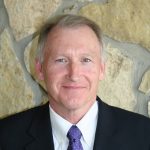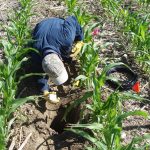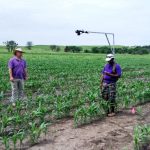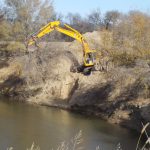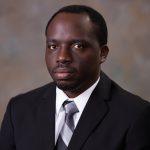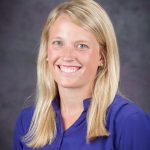Welcome to the first issue of the new KCARE newsletter series! KCARE focuses on projects that find and implement solutions to issues around agriculture and the environment, such as water quality, irrigation and water quantity, the impacts of cover crops and tillage practices, fertility, climate change, air quality, etc. We want to make sure that we get information about this important work to you as soon as possible – and this newsletter will play a large role in that. This monthly publication will spotlight Kansas State University research and extension faculty as well as provide summaries of cutting-edge research and extension projects conducted here at K-State. I am excited to bring this information to you, and I thank the faculty and staff for their support.
You will also notice that the KCARE website is being completely revamped with much more current information – on both faculty and projects. Keep checking back to find new updates!
